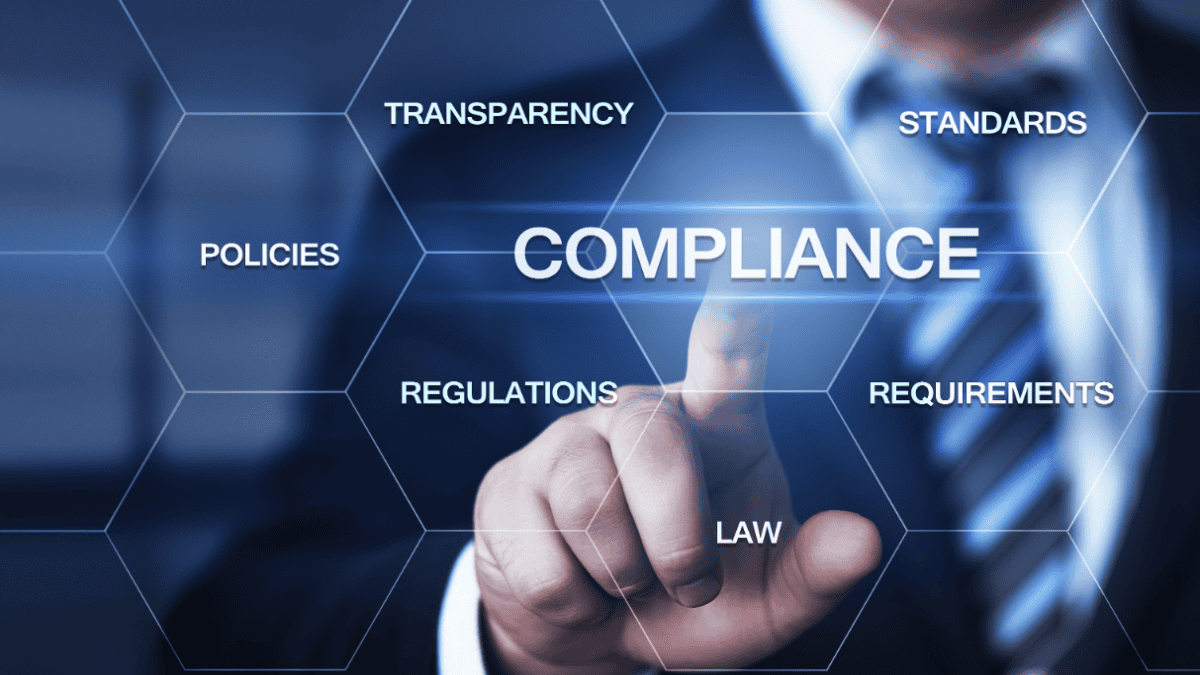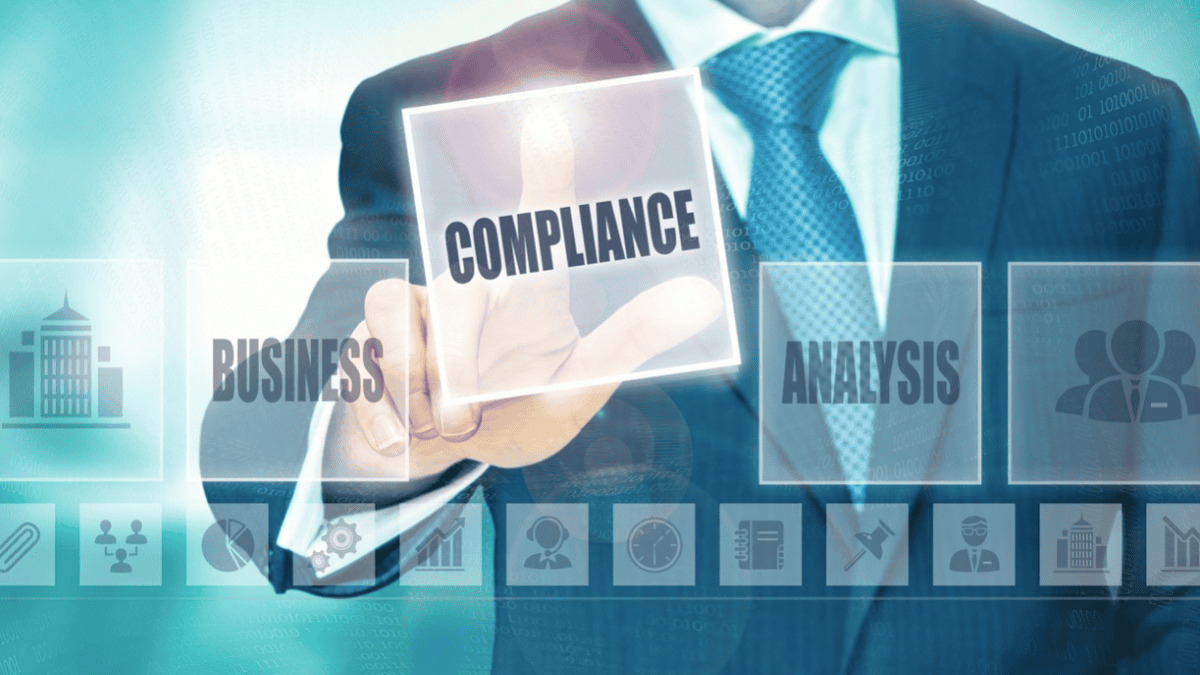Cybersecurity compliance is crucial for small and medium-sized enterprises (SMEs) as it helps protect sensitive data and maintain customer trust. With the increasing number of cyber threats, SMEs must adhere to established standards to safeguard their information systems. Compliance with cybersecurity protocols not only mitigates risks but also ensures that businesses meet legal and regulatory requirements.
PCI DSS (Payment Card Industry Data Security Standard)
To ensure compliance with PCI DSS, SMEs must meet a set of security requirements that help safeguard cardholder data and prevent breaches. These requirements are grouped into six key categories, each addressing a critical aspect of data security. Below is a summary of the essential PCI DSS requirements that SMEs should follow.
Purpose and Scope of PCI DSS
The Payment Card Industry Data Security Standard (PCI DSS) is a set of security standards designed to ensure that all companies that accept, process, store, or transmit credit card information maintain a secure environment. The primary purpose of PCI DSS is to protect sensitive cardholder data from theft and fraud.
The scope of PCI DSS applies to all entities involved in payment card processing, including merchants, service providers, and financial institutions. Compliance with these standards is essential for any small or medium-sized enterprise (SME) that handles payment card transactions.
Key Requirements of PCI DSS for SMEs
PCI DSS outlines several key requirements that SMEs must adhere to in order to achieve compliance. These requirements are organized into six categories, each containing specific objectives. Below is a summary of the key requirements:
| Requirement Number | Requirement Description |
| 1 | Install and maintain a firewall configuration to protect cardholder data. |
| 2 | Avoid using default system passwords and security settings provided by the vendor. |
| 3 | Protect stored cardholder data. |
| 4 | Ensure the secure transmission of cardholder data over open and public networks through encryption. |
| 5 | Make sure to install and keep your anti-virus software or programs up to date regularly. |
| 6 | Develop and maintain secure systems and applications. |
| 7 | Limit access to cardholder data to those who need it for their specific roles. |
| 8 | Identify and authenticate access to system components. |
| 9 | Restrict physical access to cardholder data. |
| 10 | Track and monitor all access to network resources and cardholder data. |
| 11 | Regularly test security systems and processes. |
| 12 | Maintain a policy that addresses information security for employees and contractors. |
Adhering to these requirements, SMEs can significantly reduce the risk of data breaches and enhance their overall cybersecurity posture. Adhering to PCI DSS safeguards sensitive data and helps foster trust with both customers and business partners.
HIPAA (Health Insurance Portability and Accountability Act)
To navigate HIPAA compliance effectively, SMEs must understand both its importance and the specific obligations it entails. The following sections outline why compliance matters and the key requirements businesses must meet to protect sensitive health information.
Significance of HIPAA Compliance for SMEs
HIPAA compliance is crucial for small and medium-sized enterprises (SMEs) that handle protected health information (PHI). Non-compliance can lead to severe penalties, including hefty fines and legal repercussions. For SMEs, maintaining compliance not only protects sensitive patient data but also enhances trust with clients and partners.
The significance of HIPAA compliance for SMEs can be summarized as follows:
| Importance | Description |
| Legal Protection | Ensures adherence to federal regulations, reducing the risk of legal issues. |
| Trust Building | Fosters confidence among clients and stakeholders regarding data security. |
| Financial Security | Avoids costly fines associated with non-compliance. |
| Competitive Advantage | Differentiates compliant SMEs in the healthcare market. |
Compliance Obligations under HIPAA
SMEs must adhere to specific obligations under HIPAA to ensure the protection of PHI. These obligations include administrative, physical, and technical safeguards.
The key compliance obligations can be outlined as follows:
| Obligation Type | Description |
| Administrative Safeguards | Policies and procedures to manage the selection, development, implementation, and maintenance of security measures. |
| Physical Safeguards | Controls to protect physical access to electronic information systems and facilities. |
| Technical Safeguards | Technology and related policies that protect and control access to electronic PHI. |
Additionally, SMEs must conduct regular risk assessments, train employees on HIPAA regulations, and establish protocols for reporting breaches. By fulfilling these obligations, SMEs can effectively safeguard sensitive health information and maintain compliance with HIPAA standards.
GDPR (General Data Protection Regulation)
Understanding these key impact areas is essential for SMEs striving to comply with GDPR. To help businesses meet these requirements, the following guidelines outline practical steps for ensuring data protection and regulatory adherence.

Impact of GDPR on SMEs
The General Data Protection Regulation (GDPR) has significant implications for small and medium-sized enterprises (SMEs) that handle personal data of individuals within the European Union (EU). Compliance with GDPR is not optional; it is a legal requirement that affects how SMEs collect, store, and process personal information.
Compliance Guidelines for SMEs under GDPR
To comply with GDPR, SMEs should follow several key guidelines. These guidelines help ensure that personal data is handled appropriately and that individuals' rights are respected.
- Data Protection Officer (DPO): Depending on the size and nature of the business, appointing a DPO may be necessary to oversee data protection strategies.
- Data Inventory: Conduct a thorough inventory of all personal data collected, processed, and stored. This includes understanding where data is stored and who has access to it.
- Privacy Policy: Develop a clear and transparent privacy policy that outlines how personal data is collected, used, and protected. This policy should be easily accessible to customers.
- Consent Management: Ensure that explicit consent is obtained from individuals before collecting their personal data. This consent must be documented and can be withdrawn at any time.
- Data Subject Rights: Implement processes to facilitate individuals' rights under GDPR, including the right to access, rectify, erase, and restrict processing of their personal data.
- Data Breach Response: Establish a data breach response plan that includes notifying relevant authorities and affected individuals within 72 hours of discovering a breach.
- Training and Awareness: Provide training for employees on data protection principles and the importance of compliance with GDPR.
Adhering to these guidelines, SMEs can navigate the complexities of GDPR and ensure that they are compliant with one of the most important cybersecurity regulations affecting businesses today.
ISO 27001 (International Organization for Standardization)
SMEs looking to strengthen their cybersecurity framework can benefit from ISO 27001 compliance. Below, we outline the key advantages of adopting this standard, followed by a step-by-step guide to implementation.
Benefits of ISO 27001 Compliance for SMEs
ISO 27001 is a globally recognized standard for information security management systems (ISMS). Compliance with this standard offers several advantages for small and medium-sized enterprises (SMEs).
| Benefit | Description |
| Enhanced Security | Establishes a systematic approach to managing sensitive information, reducing the risk of data breaches. |
| Increased Trust | Demonstrates commitment to information security, fostering trust among clients and partners. |
| Regulatory Compliance | Helps meet legal and regulatory requirements related to data protection and privacy. |
| Competitive Advantage | Differentiates the business in the marketplace, appealing to security-conscious customers. |
| Improved Risk Management | Provides a framework for identifying, assessing, and mitigating information security risks. |
Implementing ISO 27001 in SMEs
Implementing ISO 27001 involves several key steps that SMEs can follow to establish an effective information security management system.
| Steps | Description |
| 1. Define Scope | Determine the boundaries of the ISMS, including the information assets to be protected. |
| 2. Conduct Risk Assessment | Identify potential security risks and evaluate their impact on the organization. |
| 3. Develop Policies | Create information security policies and procedures that align with ISO 27001 requirements. |
| 4. Implement Controls | Establish security controls to mitigate identified risks, including technical and organizational measures. |
| 5. Train Employees | Provide training to staff on information security practices and the importance of compliance. |
| 6. Monitor and Review | Regularly assess the effectiveness of the ISMS and make necessary adjustments to improve security. |
| 7. Certification | Consider obtaining certification from an accredited body to validate compliance with ISO 27001. |
Following these steps, SMEs can effectively implement ISO 27001, enhancing their cybersecurity posture and ensuring compliance with common types of cybersecurity compliance standards.
NIST Cybersecurity Framework
To effectively implement the NIST Cybersecurity Framework, SMEs can take practical steps tailored to their resources and risk profile. The following actions provide a structured approach to enhancing cybersecurity resilience while aligning with NIST guidelines.

Overview of NIST Framework
The NIST Cybersecurity Framework (National Institute of Standards and Technology) provides a structured approach for organizations to manage and reduce cybersecurity risk. It is designed to be flexible and adaptable, making it suitable for various types of organizations, including small and medium-sized enterprises (SMEs). The framework consists of five core functions: Identify, Protect, Detect, Respond, and Recover. Each function plays a critical role in establishing a comprehensive cybersecurity strategy.
| Core Function | Description |
| Identify | Understanding the organization’s environment to manage cybersecurity risk. |
| Protect | Implementing safeguards to ensure critical infrastructure services. |
| Detect | Creating and executing strategies to detect the presence of a cybersecurity incident. |
| Respond | Responding to a detected cybersecurity incident. |
| Recover | Maintaining plans for resilience and restoring any capabilities or services that were impaired. |
How SMEs Can Align with NIST Guidelines
SMEs can effectively align with the NIST Cybersecurity Framework by following a series of steps tailored to their specific needs and resources. Here are some key actions SMEs can take:
- Conduct a Risk Assessment: Identify and evaluate risks to the organization’s information and systems. This assessment should consider potential threats and vulnerabilities.
- Develop a Cybersecurity Policy: Create a clear policy that outlines the organization’s approach to cybersecurity, including roles and responsibilities.
- Implement Security Controls: Based on the risk assessment, SMEs should implement appropriate security measures. This may include firewalls, encryption, and access controls.
- Establish Incident Response Plans: Develop a plan to respond to cybersecurity incidents. This plan should include procedures for communication, containment, and recovery.
- Train Employees: Conduct regular training sessions to educate employees about cybersecurity best practices and the importance of following established policies.
- Monitor and Review: Continuously monitor the effectiveness of the cybersecurity measures in place. Regularly review and update policies and procedures to adapt to new threats.
Tech Excellence Begins with LK Tech
Following these steps, SMEs can align their cybersecurity practices with the NIST guidelines, enhancing their overall security posture and ensuring compliance with common types of cybersecurity compliance standards. By implementing these standards, businesses can safeguard sensitive information, prevent costly breaches, and maintain customer trust.
At LK Tech, we provide top-notch IT services in Cincinnati, offering customized IT support that addresses your unique security needs. Our expert team ensures your systems are always secure and compliant with industry standards. If you're ready to strengthen your cybersecurity practices, contact us today to learn how we can help you achieve peace of mind.


